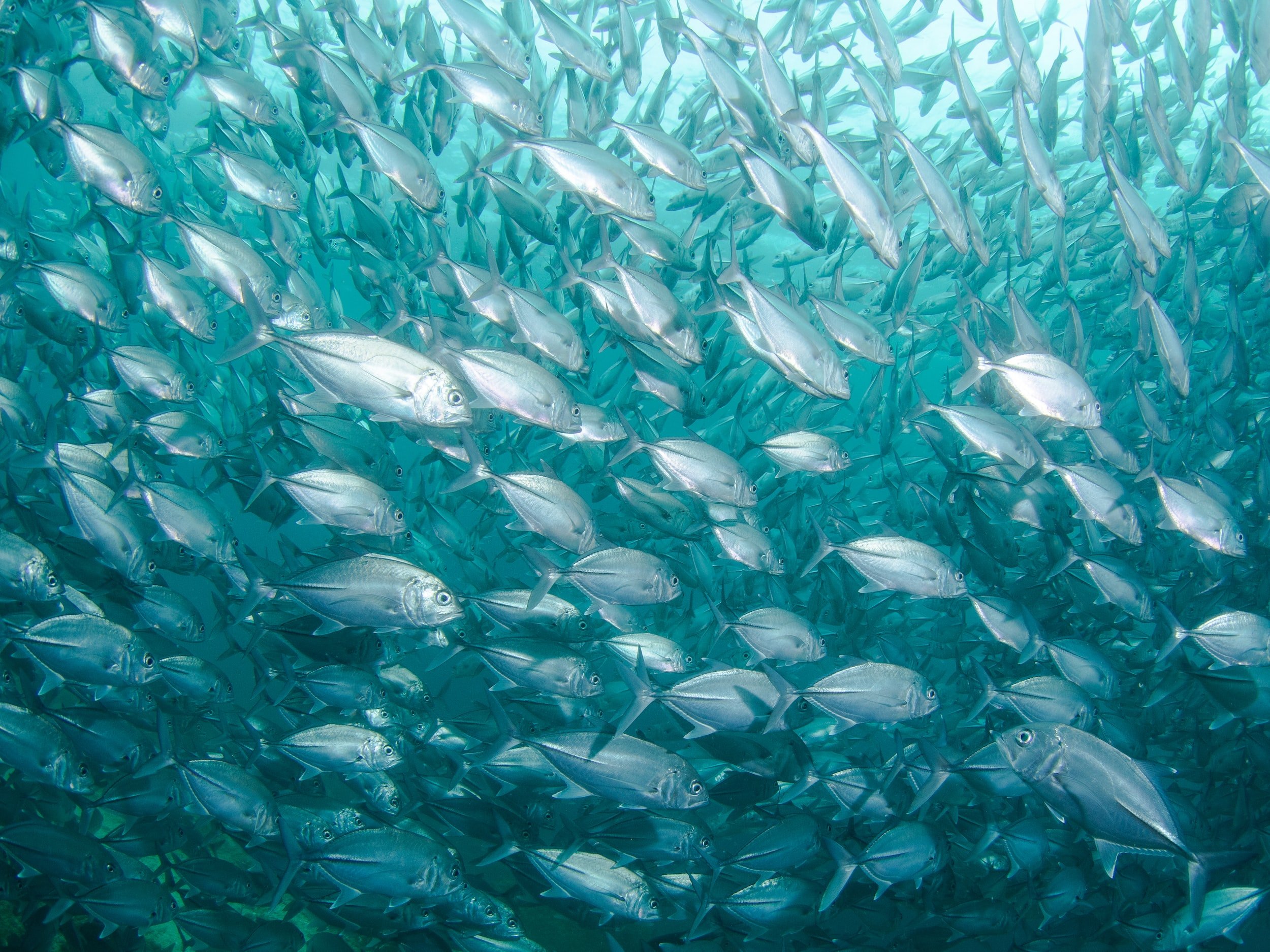Maximizing the Value of Information: Using Monitoring to Avoid Stock Collapse in Fisheries Management
A recent paper out of the Ocean Recoveries Lab shows how a careful investment in monitoring can make all the difference in avoiding the collapse of fisheries.
The concept of "value of information" refers to the value that information has in decision-making processes, particularly in situations where there is uncertainty or risk involved. This concept is relevant to fisheries management, as the management of fish populations and marine ecosystems involves a range of uncertainties and risks that can be addressed through the collection and use of information. Here is a closer look at how the concept of “value of information” applies to fisheries management:
Decision-making: In the context of fisheries management, the value of information refers to the value that information has in informing decision-making processes. This includes decisions about how many fish can be sustainably harvested, how to allocate fishing rights, and how to protect and conserve fish populations and marine ecosystems. Information about fish populations, ecosystems, and the impacts of fishing can be used to inform these decisions and help to reduce uncertainty and risk.
Uncertainty: The management of fish populations and marine ecosystems involves a range of uncertainties, including uncertainties about the size and abundance of fish populations, the impacts of fishing on these populations, and the impacts of environmental factors such as climate change. The value of information in fisheries management is related to the ability of information to reduce these uncertainties and inform decision-making processes.
Risk: The management of fish populations and marine ecosystems also involves risks, such as the risk of overfishing, the risk of depletion of fish populations, and the risk of negative impacts on marine ecosystems. The value of information in fisheries management is related to the ability of information to reduce these risks and inform decision-making processes.
Trade-offs: In the context of fisheries management, the value of information is often considered in relation to trade-offs between different objectives, such as the trade-off between maximizing the economic benefits of fishing and conserving fish populations. The value of information is related to the ability of information to inform these trade-offs and help to balance competing objectives.
Collectively, the value of information in fisheries management is related to the ability of information to inform decision-making processes, reduce uncertainty and risk, and inform trade-offs between different objectives.
In this new paper. researchers at the University of California Santa Barbara, University of Hawaii, Cal Poly, the National Marine Fisheries Service, Simon Fraser University, and University Washington worked together to show how ramping up monitoring efforts can be particularly valuable when fish populations are close to depleted. While monitoring may not be all that effective when fish populations are really abundant or really depleted, this work suggests that monitoring is extraordinarily valuable when we know that fish populations are near a threshold of collapse.
There are, of course, provisos, where the value of monitoring depends on who is bearing the brunt of the cost. Is it the industry that fishes? Is it taxpayers? Who is paying will determine whether the investment is worth the risk. Commercial fisheries offer an interesting case study in placing the burden of monitoring costs on the industry versus the government.
For example, a subset of fisheries in New Zealand, Canada and Australia, the fishing industry is primarily responsible for monitoring costs, with the philosophy that the burden of proof for sustainability is on the stakeholder interested in exploiting the system. An example of this is the commercial Pacific herring fishery in the Canadian North Pacific, where monitoring of spring herring spawns was historically funded by one of several stakeholders, the fishing industry. However, the fishery crossed a limit reference point over a decade ago and has not fully recovered. As a consequence, monitoring effort has declined, which impacts the precision of biomass estimates, and may prolong closures. This case highlights a key consideration in monitoring programs: if the information is most valuable as a fishery approaches and recovers from collapse, it is best to ensure that funding for monitoring is independent from stock size.
In summary, this article shows the critical importance of monitoring harvested populations, particularly when the population is close to producing limited economic benefit. In the long-term, understanding how close a population is to collapse can help us determine what strategies allow us to avoid collapse to allow us to hold off and fish hard another day.
Check out additional work by coauthors Adrian Stier, Tim Essington, Jameal Samhouri, Margaret Siple, Benjamin Halpern, Crow White, John Lynham, Anne Salomon, and Phil Levin.
Article Citation
A. C. Stier, T. E. Essington, J. F. Samhouri, M. C. Siple, B. S. Halpern, C. White, J. M. Lynham, A. K. Salomon, P. S. Levin, Avoiding critical thresholds through effective monitoring. Proceedings of the Royal Society B: Biological Sciences, 289.1977 (2022), .https://doi.org/10.1098/rspb.2022.0526


